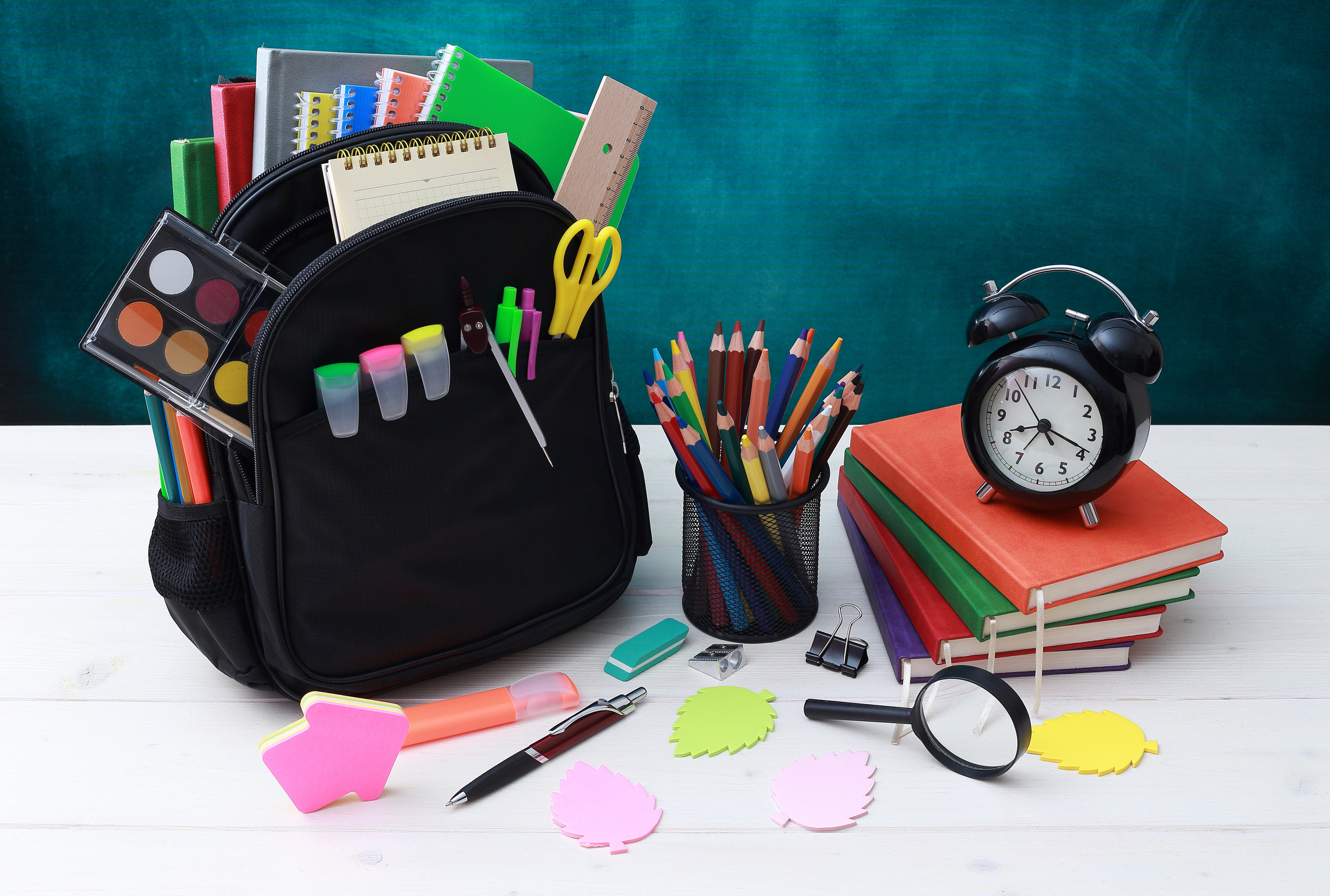When you think about lawsuits, unpaid school lunch bills probably aren’t the first thing that comes to mind. Yet in recent years, more districts have taken parents to court over cafeteria balances that often start as small amounts and grow quietly over time. With tighter school budgets and increasing costs, administrators are turning to aggressive tactics to collect overdue funds. For families already struggling financially, this trend adds stress and legal risk to an already challenging situation. Understanding why school lunch debts have become a legal issue sheds light on a bigger problem facing both households and schools nationwide.
1. The Rising Cost of Meals in Public Schools
One major factor driving school lunch debts is the rising cost of meals. Inflation has affected everything from food to labor, making it more expensive for schools to prepare and serve lunches. A typical hot meal that once cost a couple of dollars may now cost significantly more, especially when factoring in higher supply costs. Families living paycheck to paycheck often can’t keep up with these increases, and even a small weekly shortfall adds up quickly. When districts enforce strict payment policies, the result can be unpaid balances that spiral into lawsuits.
2. Limited Access to Free or Reduced-Price Lunch Programs
While federal programs provide free and reduced-price meals, not every family qualifies or applies in time. The income thresholds often exclude households who earn just slightly above the cutoff, leaving them to cover the full cost even if they still struggle financially. Some parents may not realize they can reapply if their circumstances change, missing opportunities for relief. Without support, even modest lunch costs can build into unmanageable school lunch debts. As balances climb, districts may pursue legal action to recoup their losses.
3. Schools Facing Budget Shortfalls
Public schools operate under tight financial constraints, and cafeteria programs are expected to balance their own budgets. When unpaid meal charges pile up, the deficit has to be covered from somewhere. Some districts try fundraising or community donations, but these sources aren’t always reliable. To avoid pulling funds from classroom resources, schools may choose to hand the matter over to collection agencies or file lawsuits. By treating unpaid lunch bills as delinquent accounts, districts see legal measures as a way to protect their finances.
4. Aggressive Collection Practices
The decision to pursue lawsuits over school lunch debts isn’t just about finances—it’s also about setting a precedent. Some administrators argue that if they don’t act, more parents will ignore meal charges. Unfortunately, the enforcement strategies can be harsh, with collection notices escalating into court filings. Families are often surprised when a seemingly minor bill leads to legal trouble, especially if they weren’t aware of the mounting balance. This approach has sparked debate about whether debt collection methods are appropriate in an educational setting.
5. The Stigma of Lunch Debt and Legal Action
Another overlooked factor is the stigma that comes with both unpaid meals and lawsuits. Children may already feel embarrassed if they’re denied hot lunches or given alternative meals due to unpaid bills. When parents are then taken to court, the issue becomes a source of public shame. Some families fear that unresolved school lunch debts could even affect their reputation or job prospects if judgments appear on credit reports. The social and emotional burden adds another layer to the financial stress.
6. State and Federal Policy Gaps
Policies around how schools handle unpaid meals vary widely by state and district. Some states have outlawed “lunch shaming” practices but still allow schools to seek repayment through collections or lawsuits. Others provide additional funding to cover unpaid meals, but these solutions aren’t consistent across the country. Without stronger federal guidelines, many districts are left to create their own systems for managing lunch debt. The lack of uniform protections leaves many families vulnerable to legal action over school lunch debts.
7. The Impact on Families Already in Crisis
Families most affected by these lawsuits are often the same ones dealing with broader financial struggles. Medical bills, housing costs, and job instability frequently take priority, and cafeteria balances get overlooked. When legal notices arrive, they create a sense of panic and overwhelm for parents who may not have the resources to fight in court. Instead of offering support, the system often magnifies existing hardships. As a result, legal action over school lunch debts deepens inequality rather than resolving it.
8. Possible Solutions and a Path Forward
Communities and advocates are calling for more compassionate approaches to handling unpaid meal charges. Options include creating hardship funds, allowing community donations, or adjusting eligibility thresholds for free and reduced-price meals. Some districts have experimented with forgiveness programs, wiping out debt balances to give families a fresh start. Others push for more consistent state or federal support to ensure all children can eat at school without their parent’s facing lawsuits. These approaches aim to address the root causes instead of punishing struggling households.
A Hard Lesson About Debt and Education
The growing trend of parents being sued for school lunch debts reveals how financial struggles ripple into every corner of life, even a child’s cafeteria tray. What starts as a few missed payments can become a legal ordeal that burdens families and disrupts communities. Schools need funding, but relying on lawsuits to collect money creates more harm than good. By recognizing the issue as both a financial and social problem, we can push for solutions that feed kids without punishing parents.
Do you think schools should take parents to court over unpaid meals, or should new policies offer better support? Share your thoughts in the comments.
What to Read Next…
8 School Rules That Should’ve Changed Decades Ago
10 School Supply Lists That Now Feel Financially Impossible
7 Reasons You Shouldn’t Waste Money on Private Schools
Is Your Child’s School Quietly Tracking Their Location Without Your Consent?
Here’s Why School Supplies Continue to Cost More and More Every Year
Catherine is a tech-savvy writer who has focused on the personal finance space for more than eight years. She has a Bachelor’s in Information Technology and enjoys showcasing how tech can simplify everyday personal finance tasks like budgeting, spending tracking, and planning for the future. Additionally, she’s explored the ins and outs of the world of side hustles and loves to share what she’s learned along the way. When she’s not working, you can find her relaxing at home in the Pacific Northwest with her two cats or enjoying a cup of coffee at her neighborhood cafe.








